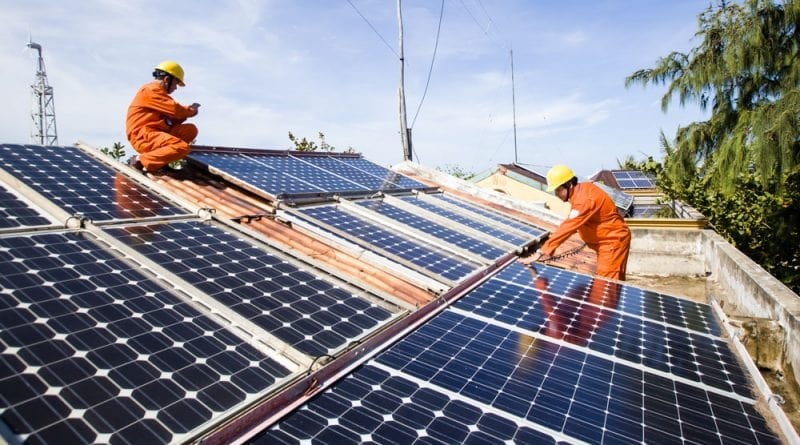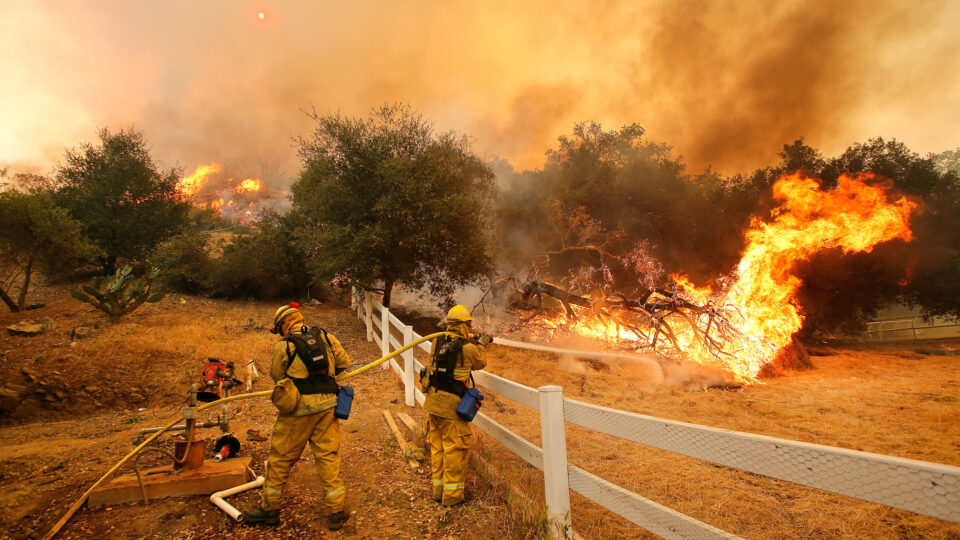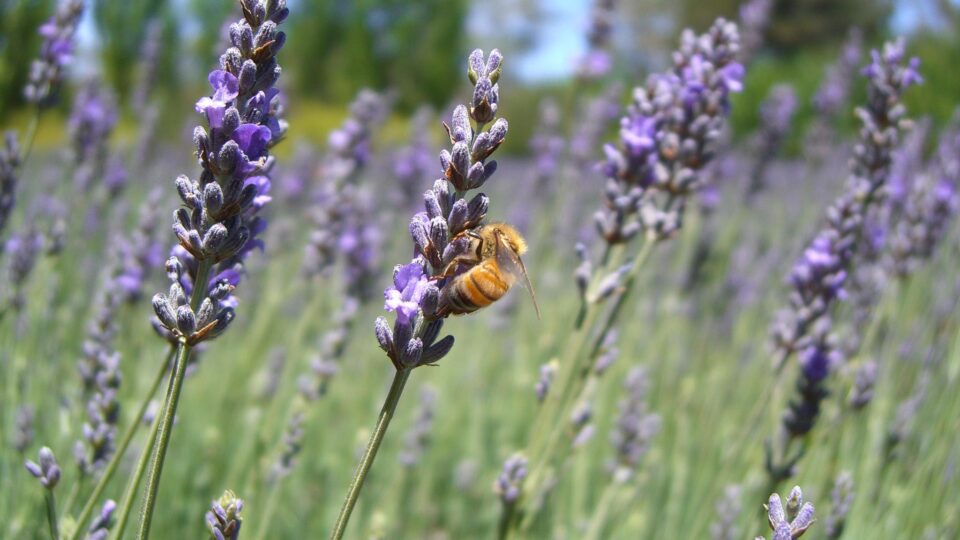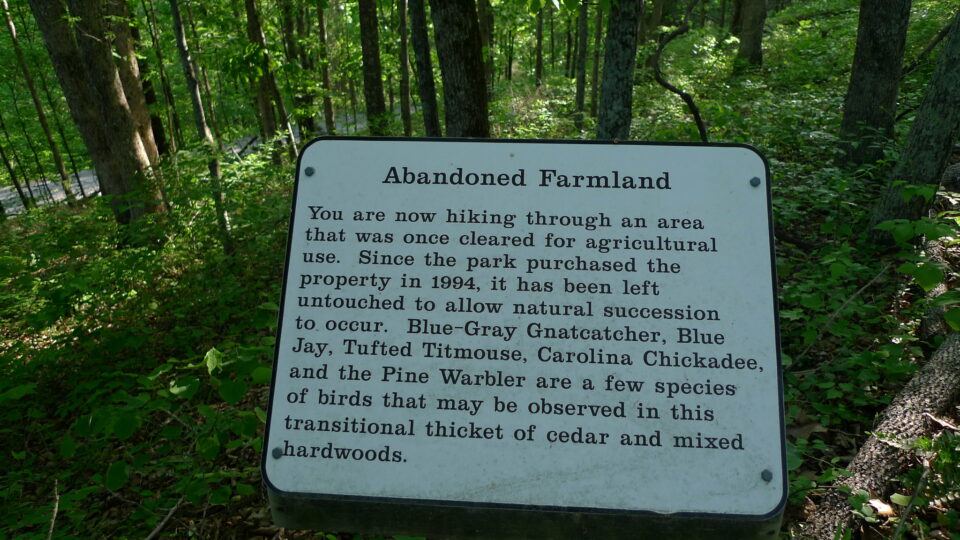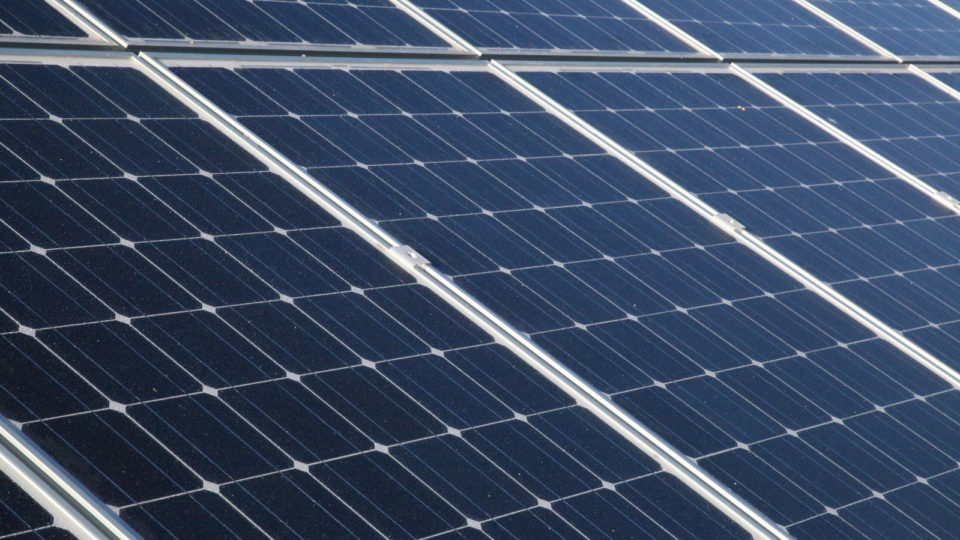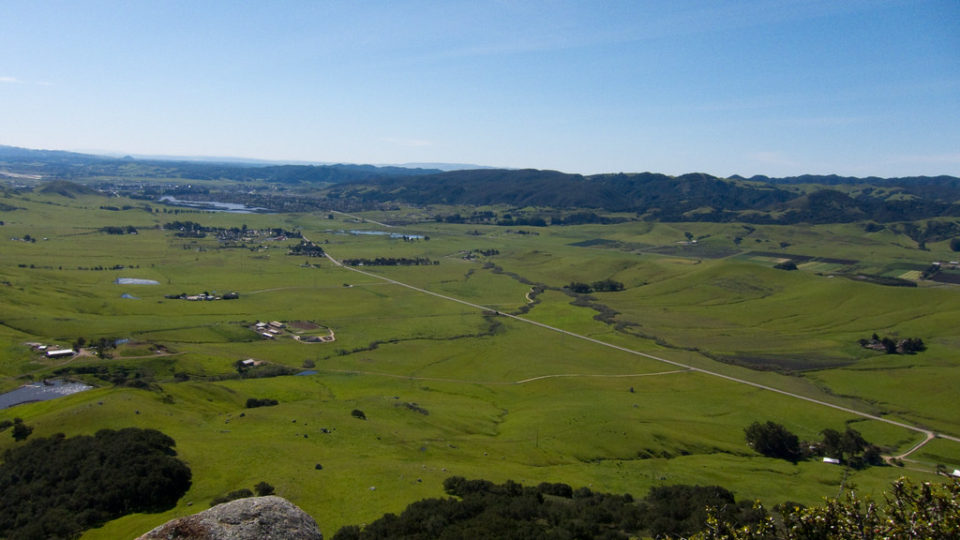Golf courses are a significant burden on the environment. The US has 16,000 golf courses which use 1.5 billion gallons of water a day and are treated with 100,000 tons of nitrogen, phosphorus, and potassium each year. In recent years, the golf industry has taken steps to lighten its environmental toll by using less water, introducing pollinator-friendly plants, and decreasing pesticide and fertilizer use. The US has more golf courses than any other country, accounting for 42% of all courses worldwide.
There is really an oversupply of golf courses and, as a result, more golf courses have closed than have opened since 2006. Most closed golf courses end up in the hands of commercial or residential developers, but some of them are allowed to return to nature.
For this to happen, there has to be a willing seller and, more importantly, a conservation-minded buyer who can afford both to purchase the land and to restore it to a natural state. There have been 28 former golf courses transformed into public green spaces between 2010 and the end of 2022. But that number seems to be growing.
In 2023, the former Cedar View Golf Course on the eastern shore of Cayuga Lake in upstate New York was bought by the Finger Lakes Land Trust. In California, places like Santa Barbara, Marin County, and even Palm Springs have all undertaken the transformation of former golf courses into public parklands.
Rewilding a golf course is undoubtedly a disappointment to local golfers, but it can bring big benefits to animals, plants, and people.
**********
Web Links
After Shutting Down, These Golf Courses Went Wild
Photo, posted October 19, 2016, courtesy of Cabo Girao via Flickr.
Earth Wise is a production of WAMC Northeast Public Radio





